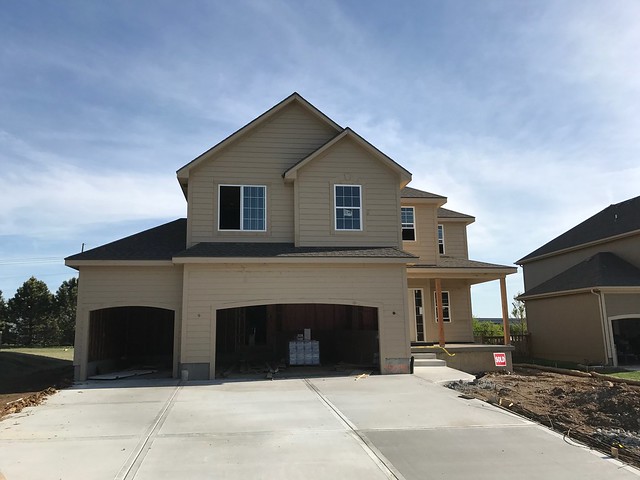One of the most unsightly damages that can be inflicted on your pristine walls is large, gaping holes. And it can happen for a variety of reasons. For one, accidents happen. You might have been moving furniture, the kids might’ve been playing hardball indoors, or you might’ve just unfortunately tripped. Anything with just the right force can break through your fragile drywalls.
In other instances, large drywall holes might come as a result of some home remodeling changes such as redirecting electrical wires or plumbing. You might also find some of these holes in your new home or apartment where the previous owners skipped out on patching it up. Nevertheless, you won’t have to worry too long about it.

Repairing large holes in your drywall is a satisfying task that won’t require you to hire a professional handyman. It’s a lot different from patching up small holes in your drywall, but the process is simple enough for homeowners to follow. For this repair, you’ll need the usual drywall items such as joint tape, joint compound, 1 ¼ drywall screws, utility knife, drill, and sanding paper. Then, you’ll need strips of plywood or thin lumber, a section of drywall slightly bigger than the hole, and drywall saw.
Steps to Repair Large Holes In Your Drywall
Before you get into the core of the work, make sure that your workspace is clean and safe. Clear any obstacles to your workspace and make sure that there aren’t any wirings or plumbings that you might hit. Then, you can move on to the following steps:

1. Remove any pieces of drywall still hanging from the hole. Then, cut away any stray and loose paper to clean up the area.
2. Then, draw a square or rectangle around the hole making sure that the lines are about a half-inch away from the edges of the whole. It’s recommended you use a framing square to keep the lines straight, however, you can also freehand it.
3. Using your drywall saw or a jigsaw, cut along the lines you’ve made to remove the damaged part of the drywall. If the hole in your drywall is somewhere near the studs, simply try to remove enough drywall up until the studs.
4. Now that you have a regular shaped hole in front of you, you can begin with the main part of the repairs. Depending on the size of the hole, take a few pieces of lumber or plywood and cut them to strips a few inches longer than the sides of the hole. Place these behind your drywall and secure them with your 1 ¼ drywall screws. Keep in mind to place the screws an inch away from the edge of the hole. This will be the support your replacement drywall will be resting on. Sometimes, if there are obstacles in the space such as pipes or wires, you’d have to get creative with the placement of the backing strips. Just make sure that you’ll have enough space to screw on your replacement drywall.

5. With your jigsaw or drywall saw, cut another piece of drywall to the exact size of the square or rectangle you’ve cut out of your wall. For this, you don’t have to buy one whole drywall. Plenty of improvement stores sell smaller square pieces that are much easier to cut up. If you have just one plain square or rectangle to fill up, easy for you. However, if there are things in the space such as pipes, wires, or electrical outlets, you have to cut out notches for them. If the object would lie in the middle of the replacement drywall, take a drill and make a small hole in the spot where it’ll go. Then, insert a blade in and start cutting in the middle of your drywall.
6. After cutting out the replacement drywall and the notches, try fitting it to the hole. It doesn’t have to be completely snug. But, make sure that the seams aren’t thicker than ⅛ inch. Make any adjustments necessary.
7. If you’re confident about the sizing, screw your new drywall to the backing strips you’ve placed. Again, keep the screws an inch away from the edges.

8. Cover the seams with drywall joint tape. Make sure that the tape lies completely flat and firm against the drywall. Using your utility knife, run it over the tape starting from the middle going to one side and repeating it from the middle going to the other side. Allow the tape strips to overlap at the corners.
9. Cover the drywall tape with a thin layer of joint compound. Use a 6-inch putty knife to feather it out and spread it evenly. Let it dry, sand it gently, then apply another thin layer and repeat the process until you can’t see the mesh tape. If you do it properly, the tape will be hidden and the surface will be smooth and even.
10. For the last step, apply a coat of primer to the area. After it dries, paint your wall. Make sure to go lightly layer by layer up until you get the same color as the rest of the wall to make the repairs flawless.

